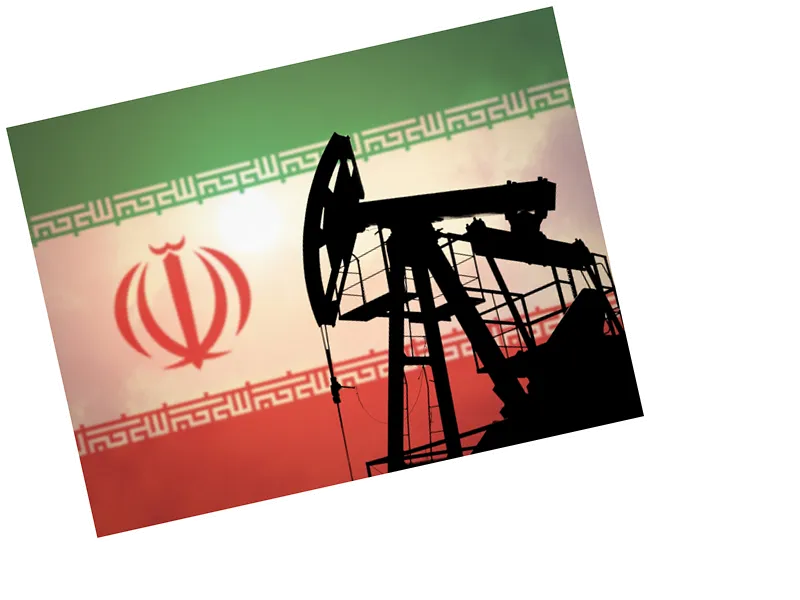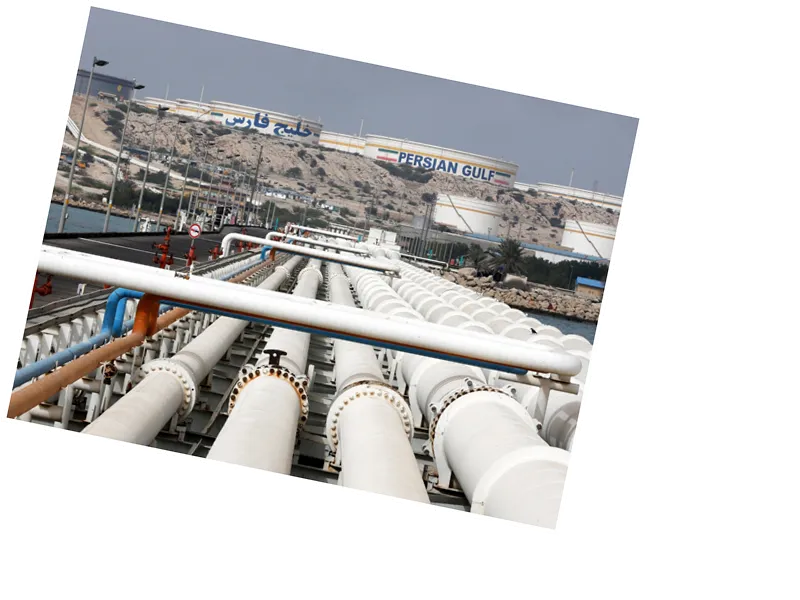Iranian Oil Production Nears Full Capacity Amid Sanctions and Rising Tensions
Iran's oil industry has remarkably rebounded, reaching near full production capacity despite ongoing US sanctions. Recent data shows that Iran's oil output has surged by 33% over the last two years, now standing at approximately 3.4 million barrels per day. This figure is just a few hundred thousand barrels shy of pre-sanction levels from 2018. The increase has been largely driven by strong demand from China and a complex network of illicit transport channels, which have allowed Iran to circumvent restrictions.
However, the geopolitical landscape is shifting, with fears surrounding potential military actions by Israel against Iranian oil infrastructure. Analysts from Eurasia Group highlight that while Iran has successfully navigated sanctions, the recent escalation in military rhetoric has led to a 5% spike in global oil prices, as President Biden indicated discussions about possible US support for Israeli actions.
Targeting Iran's oil infrastructure could severely cripple its economy, disrupting both domestic fuel supplies and critical export revenues. Despite these risks, Israel may hesitate to strike due to its strategic alliances with the US, EU, and Gulf states. Such a move could have far-reaching implications for global oil markets, particularly if it triggers a shift in US policy or a return to stricter sanctions under a future Trump administration.
Another factor complicating the situation is Iran's use of a 'shadow fleet'—a network of older tankers that facilitate oil exports to China by disguising the origin of the oil. This strategy has helped Iran maintain its oil flow despite sanctions, posing challenges for OPEC's production control efforts. Even with potential Israeli strikes, OPEC and its allies might be well-equipped to manage any resulting supply shortages.





